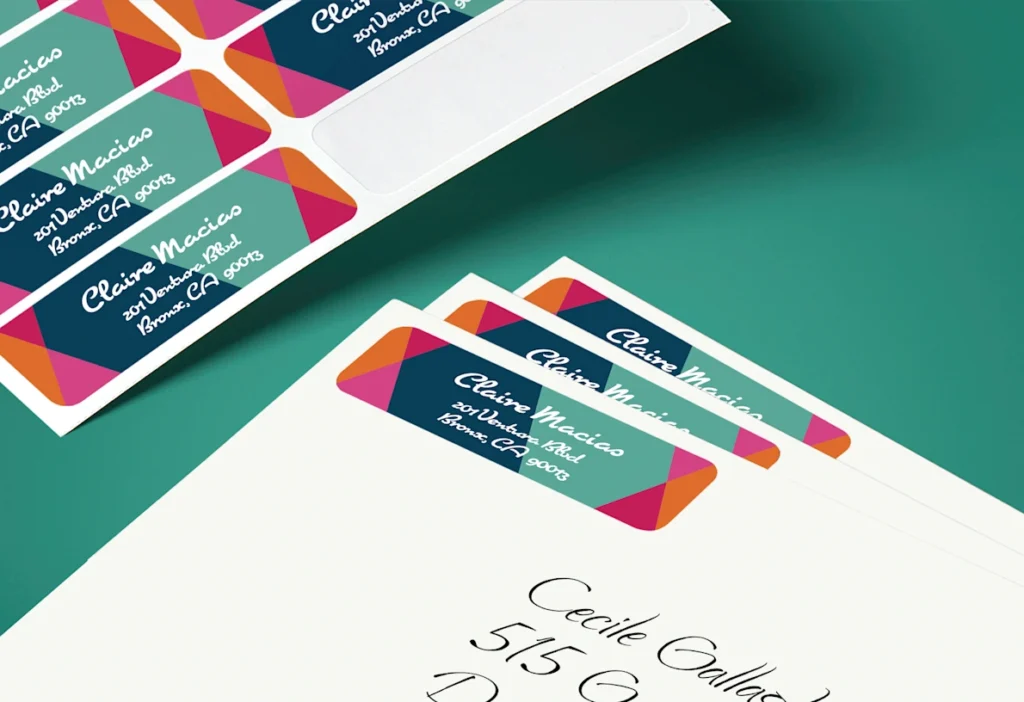In a fast-paced world where organization and efficiency are valued more than ever, label making has become an indispensable tool. Whether in personal spaces, offices, warehouses, or retail stores, labels help us categorize, identify, and streamline our lives. From the humble adhesive sticker to sophisticated electronic label makers, the practice of label making has evolved into an art form that enhances productivity and brings order to chaos. In this article, we delve into the world of label making, exploring its importance, benefits, and different techniques used in this time-honored craft.
The Importance of Label Making:
Label making serves as a fundamental pillar of organization. It allows us to categorize and identify items, files, products, and spaces with ease. Whether it’s in a home pantry, an office filing system, or a retail store inventory, labels provide a clear visual cue that aids in locating items quickly and efficiently. By using labels, we minimize confusion, save time, and reduce the likelihood of errors or misplacement.
Benefits of Label Making:
- Efficiency and Time Savings: With labeled containers, shelves, or files, finding what you need becomes a breeze. Instead of rummaging through a disorganized mess, you can locate items swiftly, optimizing your productivity and saving precious time.
- Improved Organization: Labels bring structure to our surroundings. By assigning a specific name or category to objects, we create an intuitive system that enhances overall organization. From color-coding to alphabetical sequencing, labels allow us to create personalized systems tailored to our unique needs.
- Enhanced Productivity: A well-labeled workspace fosters productivity. When everything is neatly categorized and easily identifiable, tasks can be completed more efficiently, reducing mental clutter and improving focus. As a result, productivity levels soar.
- Effective Communication: Labels convey important information concisely. In a shared environment, such as an office or retail space, labels help communicate instructions, warnings, or vital details to others. They ensure that everyone is on the same page and operating in a harmonized manner.
Different Techniques in Label Making:
- Handwritten Labels: The simplest and most accessible method, handwritten labels involve using markers, pens, or labels with spaces to write information. This technique works well for small-scale labeling needs or when a personal touch is desired.
- Electronic Label Makers: These devices have revolutionized the label-making process. With a wide range of fonts, symbols, and customization options, electronic label makers provide professional-looking, precise labels. They are especially useful for larger labeling projects or when consistency is crucial.
- Color Coding: Assigning specific colors to labels can provide an additional layer of organization and visual clarity. By associating colors with categories or priorities, you can easily differentiate items at a glance.
- Barcode and QR Code Labels: Particularly useful in retail and inventory management, barcode and QR code labels streamline processes by enabling quick scanning and data retrieval. These labels store essential information that can be accessed with the help of a barcode or QR code reader.
Label making has evolved into an artful and essential practice that improves organization, productivity, and communication. With various techniques and tools at our disposal, we can tailor labels to suit our specific needs, whether at home, in the workplace, or in retail settings. Embracing the power of labels enables us to bring order to our lives and empower ourselves to navigate the complexities of our modern world with ease. So, let us embark on this label-making journey, one adhesive strip at a time, and witness the transformative impact it has on our daily lives.


